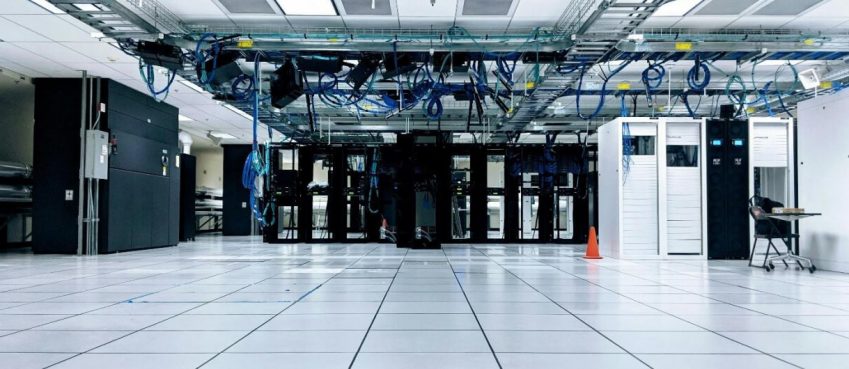
It doesn’t have to take as much time as you might think. These five best practices can be used to integrate cybersecurity into your business strategy, no matter if you are just starting to develop a business plan.
1. Multifactor authentication should be a priority
Multifactor authentication was once considered a luxury. Now it is a necessity. We can’t rely on passwords anymore to protect our systems due to sophisticated spear-phishing attacks in today’s security landscape. MFA should be implemented in almost all internal systems, and, if possible, in customer-facing applications.
In recent years, MFA systems have made great strides in user integration and usability. These systems include pre-integrated connectors that can be used with a wide range of programs and apps. This makes it as simple as clicking a confirmation message to confirm the authentication process. Two-factor authentication should be a top priority for those who don’t have it in place.
2. Plan for the implementation of cybersecurity best practices
Once you have defined your core objectives and ambitions and identified areas of vulnerability in cybersecurity hygiene, determined how your people, processes and technology need to change and determined how they can be improved, then you will need to decide how these five best practices are implemented.
Because they are not easily faked, short-code communications are more secure than traditional 10-digit phone numbers.
Shortcode messages will generally contain specific directives that you can respond to at any given moment. Trusted service providers can provide SMS shortcode service that is affordable and simple to use.
Cybersecurity is constantly changing. You need to ensure that your procedures and technology can adapt quickly. Security events often involve humans, whether they are ignorant or deceitful. It is up to the business to make sure that employees are aware of the cyber risks they face every day.
Also read: Walmart Money Card Review: Good Or Bad?
3. Secure an information management system and security event
Professionals have stressed the importance of security log analysis and preservation for more than 20 years. Unfortunately, security logs are still a common thing that gets lost. Firms can spot security anomalies proactively by using robust logging. This is a crucial resource for incident investigations.
Event management and security information systems combine various log sources to provide integrated analytical capabilities that can detect typical security vulnerabilities.
Many firms do not use the SIEM system that they have. Are all our apps and systems sending logs to this device? IT directors should ask. Are there robust response and monitoring strategies in place for security operations teams? Firms that have a SIEM system need to assess the current implementation and find ways to improve it. Those that do not have a SIEM system should rectify the situation immediately.
4. Use cybersecurity and compliance to your advantage
Your organization’s compass is strategic planning. Your firm’s standards are cybersecurity and compliance. Your cybersecurity and compliance capabilities can be used to educate sales and marketing personnel on how to communicate your unique selling proposition in the market. Leading organizations have a cybersecurity landing page on their websites that explains the “why” of cybersecurity and how it is a strategic objective for them.
Cybersecurity should not be considered an afterthought. It should be an active endeavor that is rooted in the company’s culture and strategic goals. These are the five best practices to help your company integrate cybersecurity into its strategy.
Also read: DND Character Sheet: What It Is, How To Set Up, Backgrounds & Gameplay Terminology
5. Cloud Access Security Brokers are available to manage defense
Perimeter protection was the top concern of cybersecurity professionals a decade ago. Security professionals spent hours creating and updating firewall rules sets that limited data that could be transmitted over the outer perimeter’s internet connection.
Enterprises have become so cloud-centric that it is nearly impossible to define “inside” or “outside” in a network-centric perspective. Our approach to managing access to information and resources must be modernized, regardless of where it is located.
An enterprise can manage cloud access through a cloud security broker to help them manage their cloud services across many cloud solutions. It can interact with cloud services majors and allows cybersecurity teams to centrally manage and enforce security standards across multiple products.
Top 10 News
-
01
Top 10 Deep Learning Multimodal Models & Their Uses
Tuesday August 12, 2025
-
02
10 Google AI Mode Facts That Every SEOs Should Know (And Wha...
Friday July 4, 2025
-
03
Top 10 visionOS 26 Features & Announcement (With Video)
Thursday June 12, 2025
-
04
Top 10 Veo 3 AI Video Generators in 2025 (Compared & Te...
Tuesday June 10, 2025
-
05
Top 10 AI GPUs That Can Increase Work Productivity By 30% (W...
Wednesday May 28, 2025
-
06
[10 BEST] AI Influencer Generator Apps Trending Right Now
Monday March 17, 2025
-
07
The 10 Best Companies Providing Electric Fencing For Busines...
Tuesday March 11, 2025
-
08
Top 10 Social Security Fairness Act Benefits In 2025
Wednesday March 5, 2025
-
09
Top 10 AI Infrastructure Companies In The World
Tuesday February 11, 2025
-
10
What Are Top 10 Blood Thinners To Minimize Heart Disease?
Wednesday January 22, 2025







